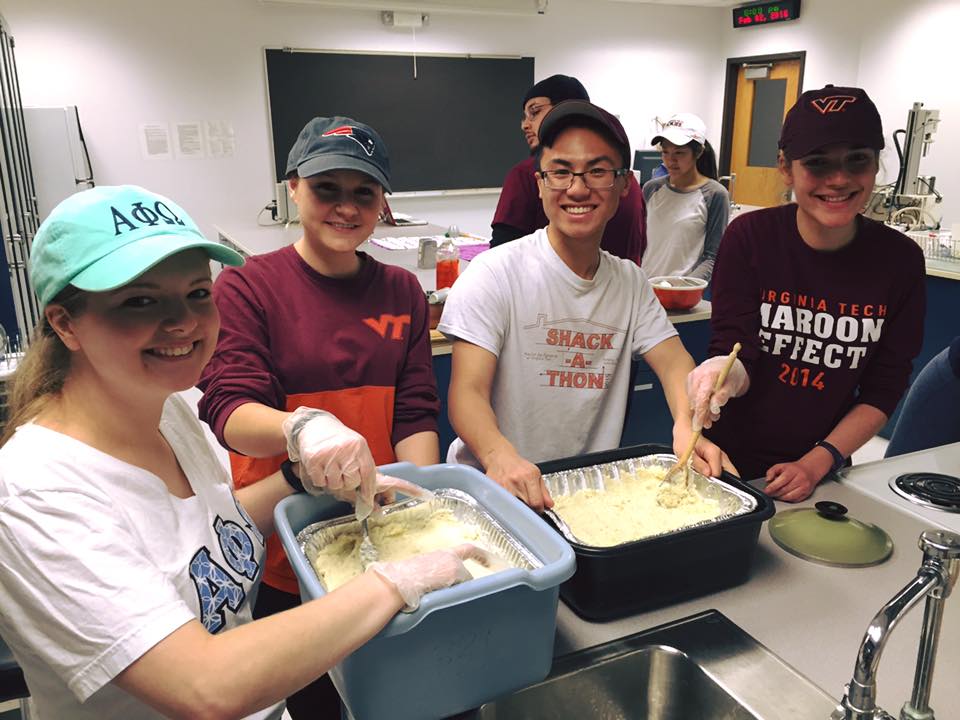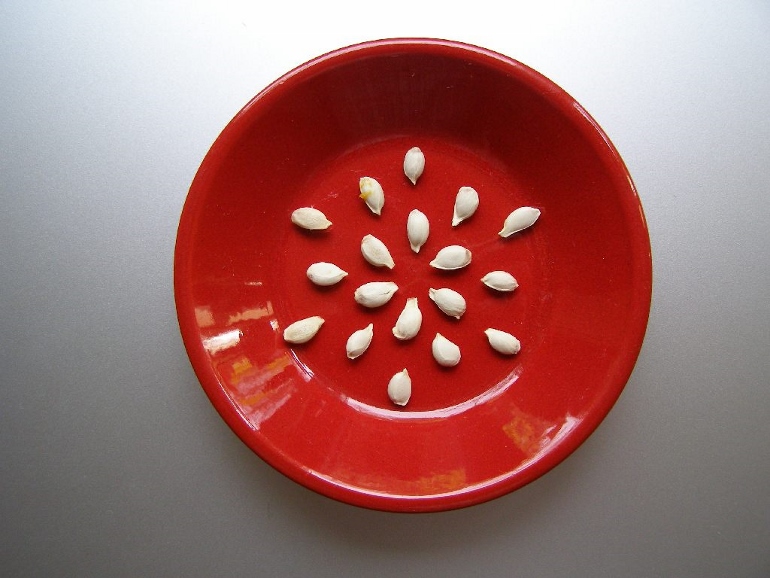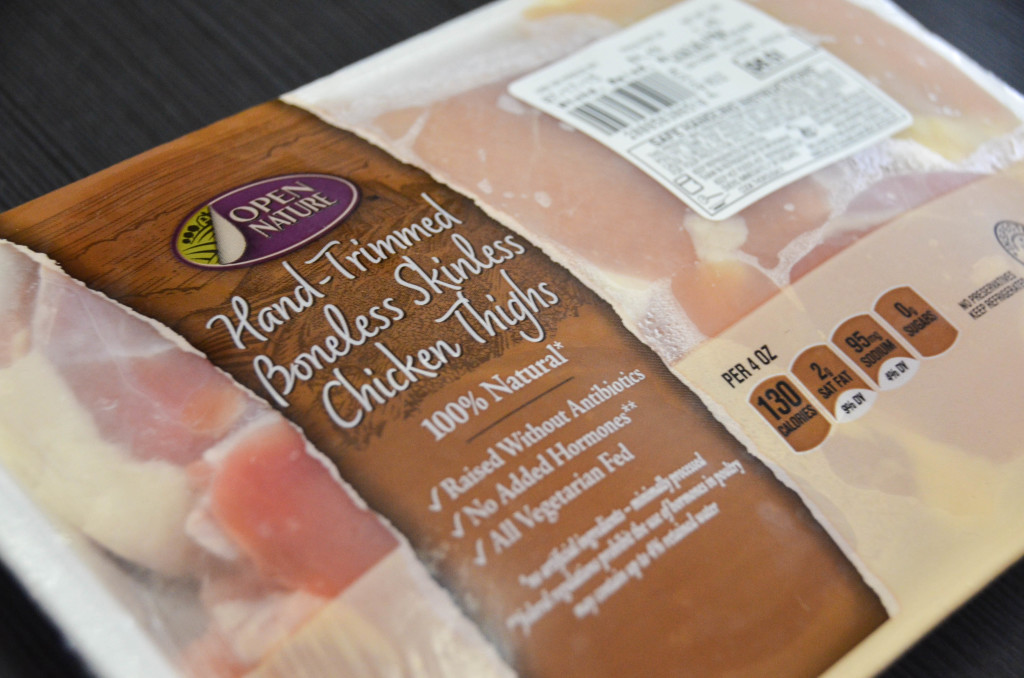As a nineteen-year member of the clean plate club, I cringe at the sight of a half eaten sandwich stacked on the turnstile of doom in one of our dining halls. You know what I’m talking about: watching a perfectly crafted and seemingly untouched sammie revolve behind the myseterious cinderblock walls of no return, I am paralyzed by a moment of, “is it gross if I try and save that?”
In that instant, I am to that poor sandwich what Rose was to Jack: an entirely capable savior with enough room on her boat (i.e. her stomach) that lets the opportunity to be a hero pass her by. And I’ve never even seen Titanic.
All jokes aside, those seamless sandwiches stacked on pristine plates of penne serve as a constant reminder of the real problem at hand—a problem that affects 1 and 8 people in Virginia, and 1 and 6 people in America. And no, it’s not my ravenous plate-licking.

Gif courtesy of giphy.com
The problem is food waste.
Nearly 40% of food is wasted each year in the United States. If you need a visual, Americans wasted enough food in 2010 to fill the Empire State Building 91 times. Still not moved by those numbers? How about the fact that 1 in 5 children in America is hungry, and less than 3% of recoverable food is indeed recovered to help feed these people.
These numbers are why I joined the Campus Kitchen Project: a nationwide hunger relief mission that engages volunteers across college campuses to minimize the amount of food that is thrown out from their dining halls.
In a nutshell, food that cannot be sold passed its sell-by date but is still fine to consume is gathered from dining halls. A handful of volunteers works daily to count, pack, and record the contents of the food to be donated.

Photo courtesy of Campus Kitchen at Virginia Tech and VT Engage
Next, a separate group of hunger combatants deliver the food to underserved people in the community. And just as easily as I could have saved that beautiful sandwich for myself, I have helped save hundreds of meals for other people in need.
Last fall, Virginia Tech became the 48th school to enlist in the Campus Kitchen Project after this video helped secure a $5,000 grant to fund the mission.
Campus Kitchen volunteers work daily to divert food from D2 and West End Market. The program looks forward to eventually expanding to the other dining halls as well.
Besides volunteering, there are a number of ways to combat food waste at the individual level. Here are three easy steps:
1. Don’t put too much on your plate.

Photo courtesy of Flickr user Erich Ferdinand
This is a truism of life in general. In a superfluous world of possibility and all-you-can eat dining, we tend to overeat, overschedule, or both. We can all benefit from having less. In the case of food waste, having less for yourself is giving more to someone else. Check portion sizes at restaurants and, in a literal sense, only bite off what you are able to chew.
2. Make your scraps into something beautiful.

Photo by Abby Wang
Make tasty croutons with your leftover pizza. Use your mushy bananas to make moist banana bread. Surplus of unwanted candy canes? Make use of them with this cookie recipe. Anything is possible with a little creativity.
3. Throw it in the freezer, not in the trashcan.

Photo by Jocelyn Hsu
Raw chicken breasts expire soon? Have an entire loaf of bread for just yourself? Bought too much fruit and can’t eat it all before it goes bad? Learn how to store these foods here, and start utilizing the snowy, sparkly, magical, Narnia-esque ice box that is your freezer to save the soul of your precious food and your precious cash.


